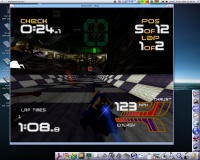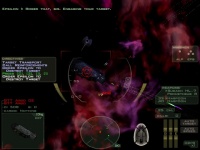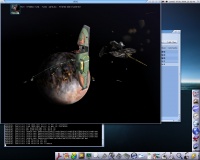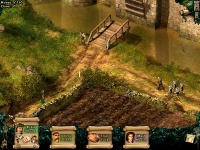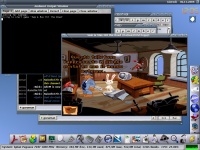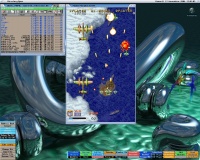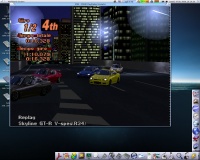Games
From MorphOS Library
One of the most notable games available for MorphOS is definitively Virtual Grand Prix 2, published by Alassoft. It is a very realistic Formula 1 simulation (probably one of the most realistic for any platform), with nice 3D accelerated graphics, and the mandatory support for analog input devices, that in MorphOS is available thanks to the Poseidon USB stack and the new lowlevel.library. The MorphOS version has been released shortly after the Mac and Windows ones, due to the Amiga roots of the main programmer Paolo Cattani. Notably, the MorphOS version is completely free. The game includes most of the true circuits, very nicely realised, and highly recognizable. Those not included can be found as additional packages created by users on the net. The game is quite fast and playable also on low end machines, including the 400MHz Efika with just 128MB of RAM. Moreover, the game was conceived with the maximum freedom to customize the graphics and this led to the creation of higher quality textures and more detailed circuits that can be used in the MorphOS version as well. As a consequence this game is at the same time enjoyable on the lowest end machines and yet can be one of the most graphically advanced available on MorphOS.
Speaking of first person shooters, also Cube, AlephOne and the freeware game Warsow have been released. Warsow is probably graphically the most complex project ever ported to MorphOS (even though it is based on the old Quake II engine), and in fact might not run at a decent speed on a G3 CPU with Voodoo graphics. But it is also one mean to show that better hardware does not sit unused with MorphOS.

